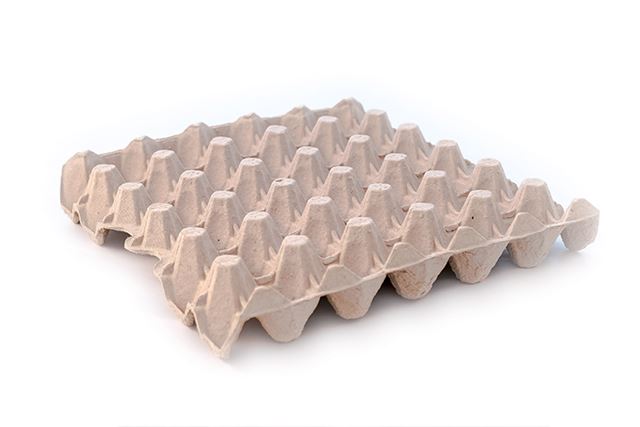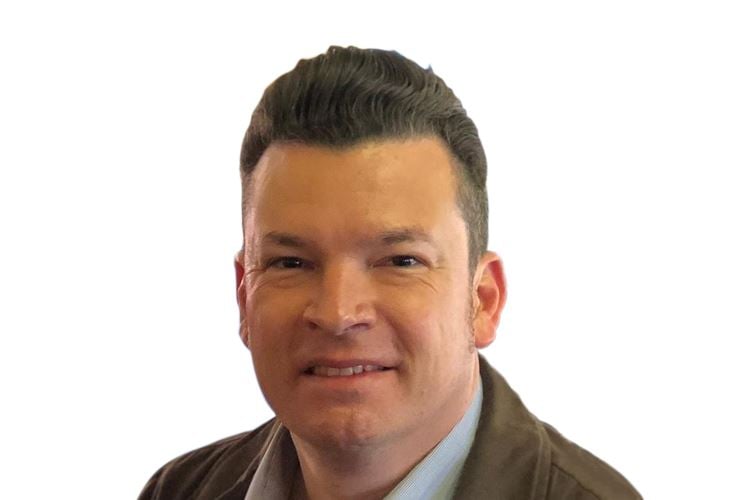
Focus on sustainability, innovation and customer service
Our Brazilian Fiber Packaging team co-developed a new egg-tray for 30 eggs, Multi-E. Using an existing new product as a base for development, they made it better suited for the specific needs in Brazil. Within the project, our team also came up with a new raw material recipe. All this was created in close co-operation with a key customer and within the Huhtamaki global fiber team.
Latin America is the #2 market in egg consumption, and Brazil is the single largest market in the region. According to the Brazilian Animal Protein Association (ABPA), the per capita egg consumption in Brazil is forecasted to reach 212 units. That is 10.4% higher than the 192 units registered in the year past. Despite of the strong growth, Brazilian consumption is still relatively low compared to other countries.
William Rocha, Continuous Improvement Manager of Fiber Packaging, Huhtamaki Brazil, recaps the history of the Multi-E egg-tray R&D projects:
- When analyzing our offering and listening to our customers we saw that we could improve our egg trays. We set to reach better efficiency on the customers graders, less egg breakage during long transportation on uneven roads and suitable for extreme humidity.
The Fiber packaging team started a new product development project with the aim of creating a better and stronger egg-tray for Brazil, taking the new egg tray from Huhtamaki Egypt as a starting point.

William Rocha, Continuous Improvement Manager of Fiber Packaging, Huhtamaki Brazil
Co-creation with a key customer kicked off
- The Brazilian team has an ongoing customer intimacy program, and we invited a key customer to contribute to the egg-tray development. This project was one more way of increasing co-operation, but it also ensured that the new solution would work in the real-life production and transportation.
The existing egg-tray strength was tested on regular transportation with the customer. The Fiber team also visited the customer factory to see how the egg-trays worked on the production lines.
- It became clear that we were on the right track, but the solution was not a perfect match to our needs. As the machinery used to make the tray in Egypt is quite different from ours, we could not simply copy and paste. We developed new adapted tooling for our machines and started to work on the recipe too for the new egg-tray for the more humid conditions in Brazil.
New raw material recipe developed
The R&D team needed to develop a new recipe for the raw material for another reason as well.
- Recycled newspaper, magazine and cardboard are the key components in our fiber recipe. For us digitalization creates a new challenge: in the future there will not be as much recycled paper available as our production requires. We thought that this was a good opportunity to test other alternatives. The new material was to be stronger, humidity resisting and available in the future.
The team tested alternative fibers for example sugarcane, coconut shells and bamboo to find the right combination of long and short fibers that was required for the new fiber recipe. The new future-looking raw material recipe has now been developed and implemented.
Real life tests conducted in transportation and production
When the first new egg-trays, Multi-E’s produced in Brazil, were ready, it was time to run the transportation tests again.
- We placed the egg-trays at the back of the truck, where the load shakes more and where we typically see more broken eggs.
The trucks drove routes that varied from 600 to 1800 kilometers. The new prototype egg-tray showed excellent results across the transportation tests: the breakage was 50% less than before.
The next phase was to test how the new Multi-E worked on the different graders.
- The most important phase in production is denesting, the moment when an egg-tray is detached from the pile to the production line.
The denesting performance of the new tray was above 99%, while competition’s denesting success rate was 95-96%. Both the customer team and the Fiber team were impressed with the results and when the word spread, the order volumes started to grow.
Quality monitoring, improvement and innovation continues
The whole project took less than a year to complete and roll-out. To protect the new innovations, the team has registered and patented them.
- Our key accounts visit our customers to get regular feedback on the Multi-E. Our engineering team works with the customers’ technical teams to train them but also to solve any problems in production.
An important part of the feedback loop are the visits to local supermarkets, where the account managers check how the egg-trays perform on the store shelves.
Gerard van der Meij, Business Development Manager, Fiber Packaging highlights the importance of working closely with customers as well as Huhtamaki own teams across the globe: “New product development is hard work – it requires dedication and persistence. But with hard work, come the rewards: new products, growth, solving customer problems and working better together as a team.”
Find out more about our Fiber Packaging products
